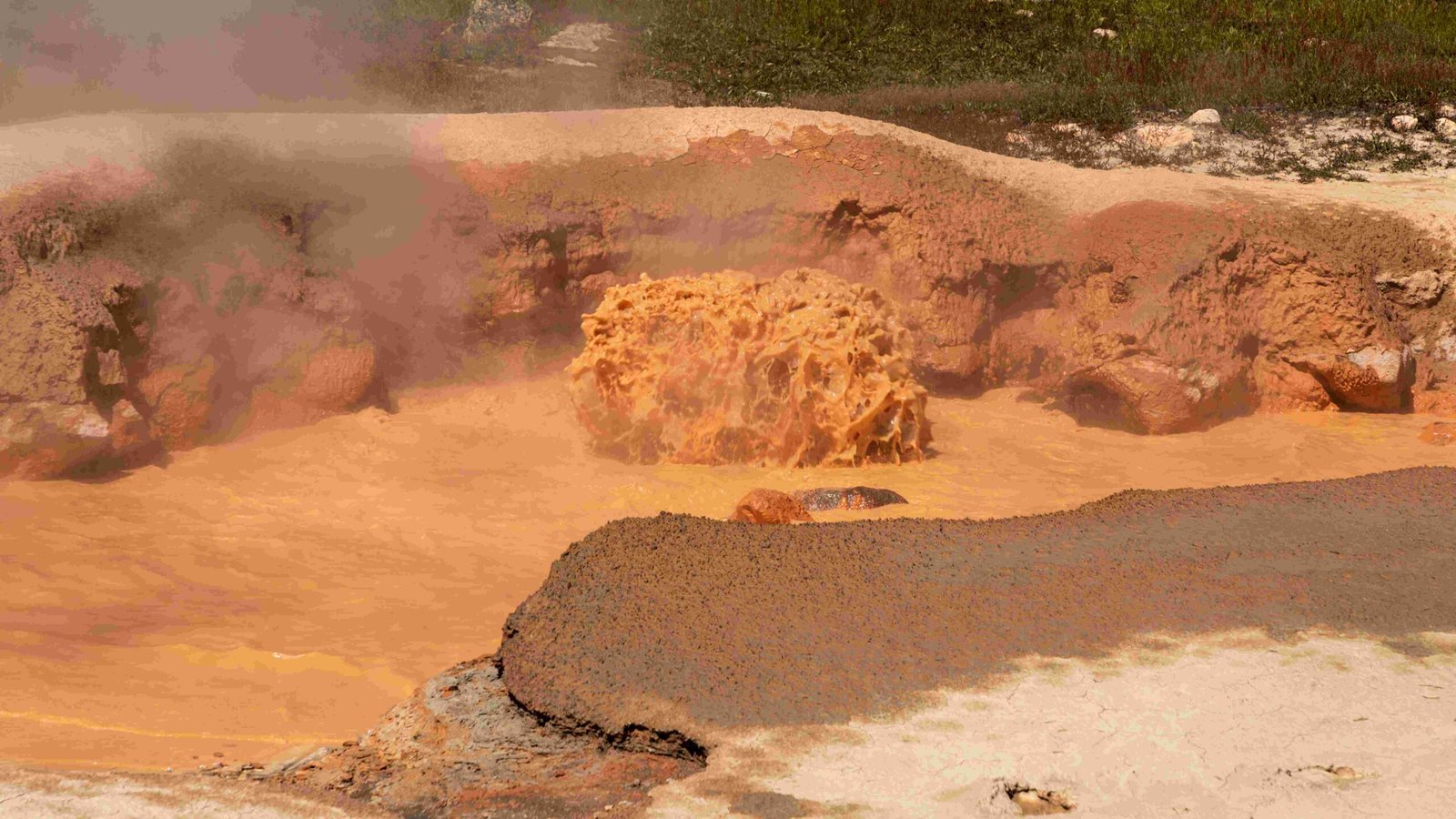The eruption of Yellowstone National Park’s supervolcano would be a catastrophic event with far-reaching consequences. Immediate impacts include regional destruction from pyroclastic flows, widespread ash fallout across the United States, and potential global cooling. Long-term effects could persist for years or decades, altering climate patterns and posing significant health hazards. While the likelihood of an eruption is low, understanding its potential impact is crucial for preparedness and scientific research.
What Are the Immediate Impacts of a Yellowstone Eruption?

A Yellowstone supervolcano eruption would cause immediate and severe consequences:
- Regional Destruction:
- Pyroclastic flows devastating nearby states (Montana, Idaho, Wyoming)
-
Widespread loss of life and infrastructure damage
-
Ash Fallout:
- Thick ash deposits covering vast areas of the United States
-
Varying ash distribution based on distance from the eruption site
-
Atmospheric Changes:
- Injection of massive volumes of volcanic gases into the atmosphere
- Potential global cooling effect, with temperatures dropping by up to 1.3°F (0.7°C)
How Would Long-Term Effects Shape the Future?

The long-term impacts of a Yellowstone eruption would be profound and lasting:
Climate Changes
- Global temperature decrease persisting for years or decades
- Significant impacts on vegetation, especially in tropical regions
Health Hazards
- Respiratory problems due to ash inhalation
- Contamination of water sources
- Reduced agricultural productivity
Environmental Transformation
- Altered ecosystems in affected areas
- Potential species extinctions and habitat loss
What Is the Current Evacuation Plan for Yellowstone?
While there is no publicly detailed evacuation plan specifically for a Yellowstone supervolcano eruption, several measures are in place:
- Monitoring and Early Warning:
- USGS and Yellowstone Volcano Observatory closely monitor volcanic activity
-
Systems in place to detect increased seismicity or other eruption indicators
-
Emergency Response Protocols:
- Standard procedures for evacuating visitors and residents from immediate danger zones
-
Coordination between local and federal authorities
-
Public Awareness:
- Emphasis on educating the public about volcanic hazards
- Encouragement of general disaster preparedness
How Frequent Are Yellowstone Eruptions?
Understanding the frequency of Yellowstone eruptions provides context for assessing future risks:
| Eruption Event | Time Period |
|---|---|
| Most Recent Major Eruption | 640,000 years ago |
| Second Major Eruption | 2.1 million years ago |
| Earliest Known Major Eruption | 2.08 million years ago |
| Last Known Eruption (Any Size) | 70,000 years ago |
- The odds of a large eruption in the coming centuries are very low
- Current volcanic behavior is considered normal, based on 140 years of observations
What Would Happen to Park Amenities and Infrastructure?
The impact on Yellowstone National Park and surrounding areas would be severe:
- Ash Dispersion:
- Uniform distribution due to umbrella cloud formation
-
Gradual thinning of ash deposits with distance from the eruption site
-
Infrastructure Damage:
- Destruction of buildings, roads, and utilities
-
Disruption of transportation systems, including air travel
-
Park Closure and Accessibility:
- Complete shutdown of park operations
- Destruction of trails, boardwalks, and visitor facilities
How Would Volcanic Ash Affect the Broader Region?
The effects of volcanic ash would extend far beyond Yellowstone:
- Ash plumes reaching 30-50 km into the atmosphere
- Potential for ash to travel thousands of miles
- Disruption of air traffic across North America and possibly globally
- Agricultural impacts, including crop damage and livestock health issues
- Potential for long-term soil enrichment in some areas due to mineral content in ash
What Are the Economic Implications of a Yellowstone Eruption?
The economic impact of a Yellowstone eruption would be staggering:
- Tourism Industry:
- Complete halt of Yellowstone’s $647 million annual tourism economy
-
Ripple effects on surrounding states’ tourism sectors
-
Agriculture:
- Crop failures in ash-affected areas
-
Livestock losses and long-term productivity declines
-
Infrastructure Costs:
- Billions in damage to roads, buildings, and utilities
-
Massive clean-up and reconstruction efforts
-
Global Economic Effects:
- Potential for worldwide economic downturn due to climate impacts
- Disruption of global supply chains and trade
How Would Wildlife and Ecosystems Be Affected?
The eruption would have profound effects on Yellowstone’s unique ecosystems:
- Immediate loss of life for many animal species in the park
- Destruction of habitats and migration patterns
- Potential for some species to face extinction
- Long-term changes in vegetation due to ash deposits and climate shifts
What Scientific Opportunities Would an Eruption Present?
Despite its destructive nature, a Yellowstone eruption would offer unprecedented scientific opportunities:
- Volcanic Studies:
- Real-time observation of a supervolcano eruption
-
Improved understanding of magma chamber dynamics
-
Climate Research:
- Direct measurement of volcanic impacts on global climate
-
Refinement of climate models and predictions
-
Ecological Studies:
- Observation of ecosystem recovery and adaptation
- Insights into species resilience and evolution
How Can Individuals and Communities Prepare?
While the likelihood of an eruption is low, preparedness is key:
- Stay Informed:
- Follow updates from USGS and local authorities
-
Understand volcanic hazards and warning signs
-
Emergency Kit:
- Prepare a kit with essentials like water, food, and medical supplies
-
Include protective gear such as dust masks and goggles
-
Evacuation Plan:
- Familiarize yourself with local evacuation routes
-
Have a communication plan with family members
-
Community Involvement:
- Participate in local emergency preparedness initiatives
- Support scientific research and monitoring efforts
In conclusion, while the eruption of Yellowstone’s supervolcano remains a low-probability event, its potential impacts are profound and far-reaching. Understanding these consequences helps in scientific research, emergency preparedness, and public awareness. As monitoring technologies advance, our ability to predict and respond to such events continues to improve, ensuring better preparedness for this unlikely but significant geological scenario.
References:
1. https://kdvr.com/news/colorado/if-yellowstones-volcanic-system-erupted-how-could-it-impact-colorado/
2. https://www.usgs.gov/faqs/could-a-large-yellowstone-eruption-significantly-change-climate
3. https://science.howstuffworks.com/science-vs-myth/what-if/what-if-yellowstone-supervolcano-erupted.htm

